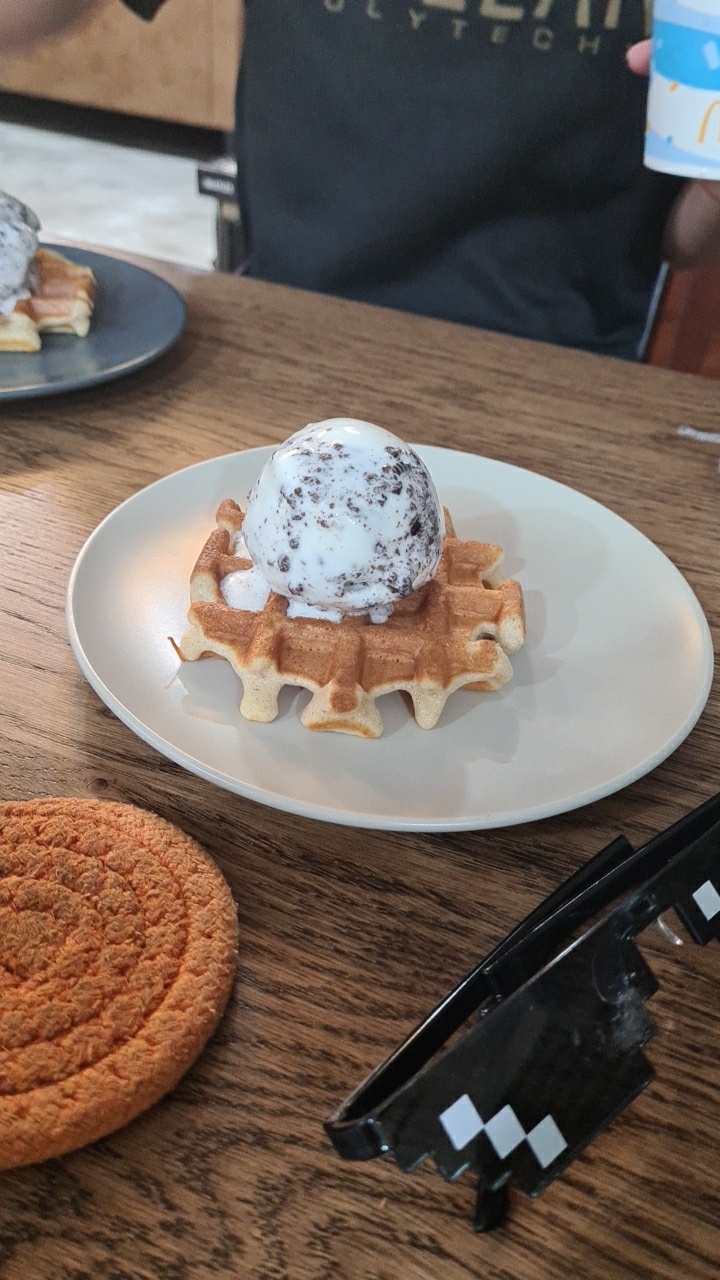
brandsdssd
No personal profile
166Follow
12Followers
0Topic
0Badge
$Novavax(NVAX)$this stock is red whenever there's good news 😀 ppl in this world are rly stupid
.
3 Game-Changing Stocks that Could Soar 61% to 99% in 2022, According to Wall Street
$Novavax(NVAX)$please can someone tell me why this stock is always falling
$Novavax(NVAX)$another day lose more money!😄
$Novavax(NVAX)$why is this falling?
.
The Meme Stock Trade Is Far From Over. What Investors Need to Know.
.
Sorry, the original content has been removed
.....
$CRISPR Therapeutics AG(CRSP)$........
.
Sorry, the original content has been removed
$UnitedHealth(UNH)$........
.........
.
Sorry, the original content has been removed
.....
$UnitedHealth(UNH)$.......
.
Sorry, the original content has been removed
.
Toplines Before US Market Open on Friday
$Qutoutiao(QTT)$.....
.
Sorry, the original content has been removed
.
Sorry, the original content has been removed
Go to Tiger App to see more news